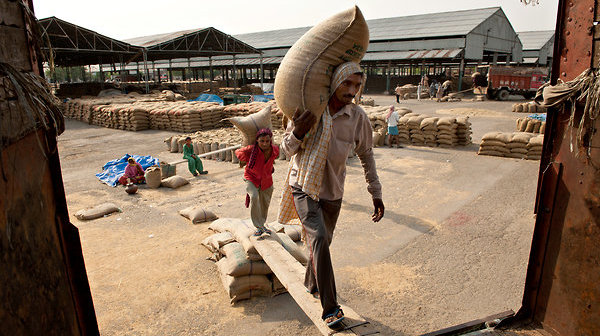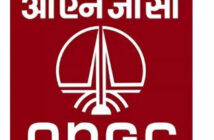A concerted effort has been made to make MGNREGS develop sustainable livelihoods while providing wage employment during times of need. A Rapid Assessment of Natural Resource Management Component under MGNREGS (on which minimum 60% is spent since 2015) and its impact on Sustainable Livelihoods carried out by the Institute of Economic Growth, New Delhi (November 2017), was carried over 30 districts in 29 States covering 1160 Households. The Study records increase in incomes of households by nearly 11%, increase in cereal productivity by 11.5% and vegetable productivity by 32.3%. 78% Households have reported benefitting from increase in water table, ranging from 30% in Muktsar to 95% in Vizianagram. 66% Households have also reported benefitting from availability of fodder on account of the water conservation works both in public and private lands of Small and Marginal Farmers. The range of water conservation measures, including farm ponds and dugwells, seem to have made a difference to the lives of the poor. The improved incomes from livestock have also happened through individual beneficiary schemes of MGNREGS that provide goat, poultry and cattle shed as per need of poor households. The livelihood thrust in MGNREGS has been adopted to raise incomes and improve skills for diversification of earning opportunities of poor households.
Serious and sincere efforts have been made to improve the implementation of MGNREGS in the States over the last few years. Over 2 crore assets made since 2006 have been geo-tagged over the last two years. Over 6.6 crore workers have Aadhaar linked Bank accounts and nearly 90% have Aadhaar seeding. 97% wages are paid through the Electronic Fund Management System. In 2014-15, payments generated within 15 days was 26.85%. Today, the timely payment generated is 85.23%, indicating a remarkable improvement in enforcing timely closure of muster, measurements and generation of Fund Transfer Orders. The National Electronic Fund Management System (NeFMS) is already in operation in 23 States and 1 Union Territory of Puducherry facilitating transparent and timely payment.
Concerted efforts in partnership with the Finance Ministry and State Governments is being made to ensure timely credit to the accounts of the workers and improvement in the same is also visible. Stage–I timely generation of payments has been substantially achieved and now pressure is being put on Banks and Post Offices to ensure transfer without delay. States have improved financial compliance by submitting audited accounts and other mandatory documents on time in many cases. There are however, a few States which require further efforts to improve their compliance to financial requirements. This will enable Central Government to maintain steady flow of funds. The expenditure under MGNREGS in the last three years (2015-16, 2016-17, 2017-18 so far) have been the highest ever since the inception of the Programme. The 235 Crore person days achieved in 2015-16 and 2016-17 have been the highest in the last five years.
On all parameters of transparency, timeliness, asset generation, income augmentation through sustainable livelihoods, MGNREGS has done remarkably well. All these have been possible due to governance reforms and use of IT and Space Technology in management of MGNREGS.
The finalization of auditing standards for social audit, the design of certificate programmes for social auditors, the selection of women SHG members as social auditors, efforts to build a cadre of certified internal auditors are all efforts to further improve the accountability of the programme. The simplification of Register maintenance, the mandatory provision for Citizen Information Board, the Case Record / work file, the Gram Samvad app, the Janmanrega app are all efforts to further improve the citizen connect and community accountability.
Through effective convergence a range of innovative asset creation has been done under MGNREGS. Support of 90/95 days’ unskilled labour in Pradhan Mantri Awaas Yojana Gramin, construction of toilets, solid and liquid waste management, compost pits, road side plantation, construction of Aanganwadi Centres, support for animal resources are all illustrative examples of convergence under MGNREGS across sectors. These are improving livelihood options for poor households on an unprecedented scale.
The Ministry of Rural Development will continue to work for the poor households to make sustainable diversified livelihoods for them a reality so that a time comes when they no longer have to do manual casual unskilled labour to sustain themselves. Sincere efforts to move such households on the skilling ladder is also being attempted. The same poor households are also beneficiaries of the Pradhan Mantri Awaas Yojana Gramin. One crore such households will have a PMAY-G house of their own by March 2019. The Department is committed to making MGNREGS transparent, and asset and income generating focused through assured wage employment.





